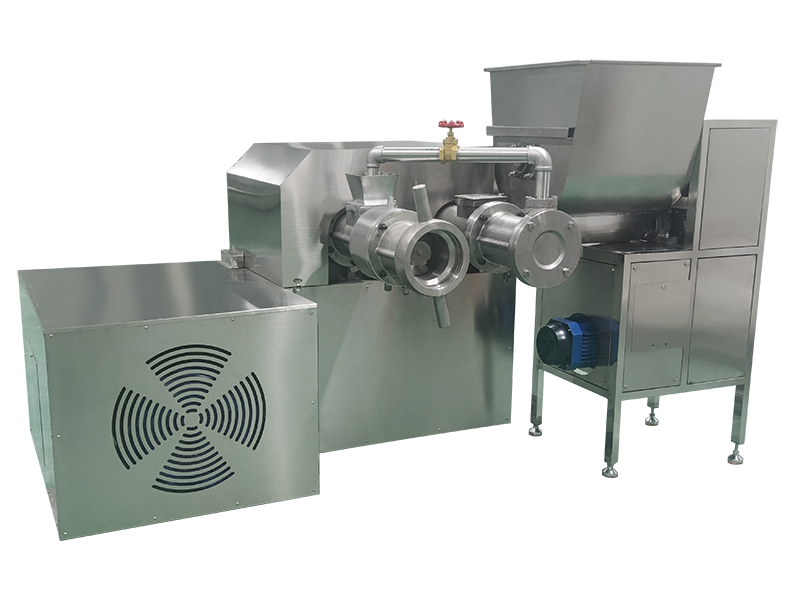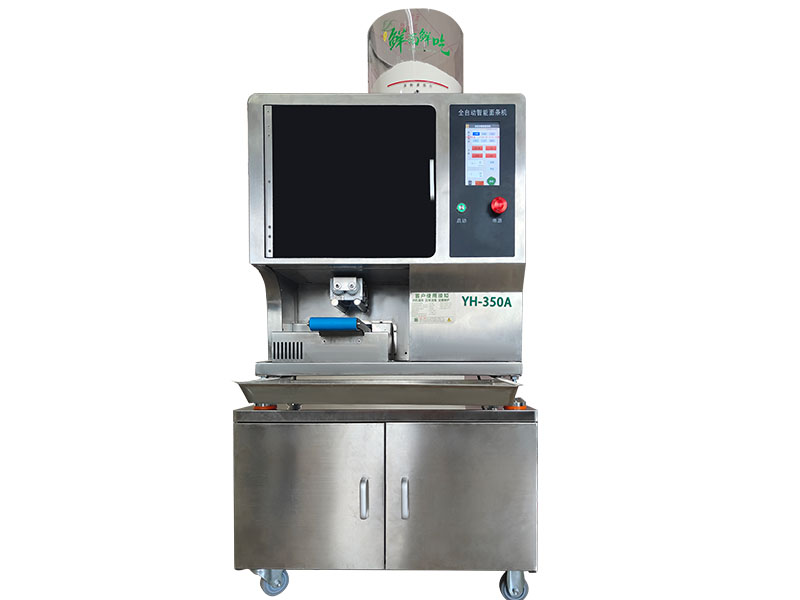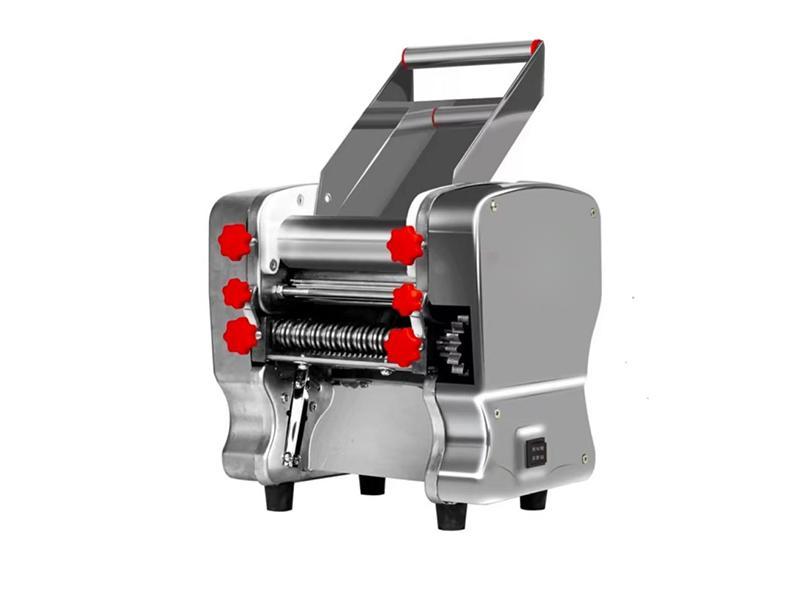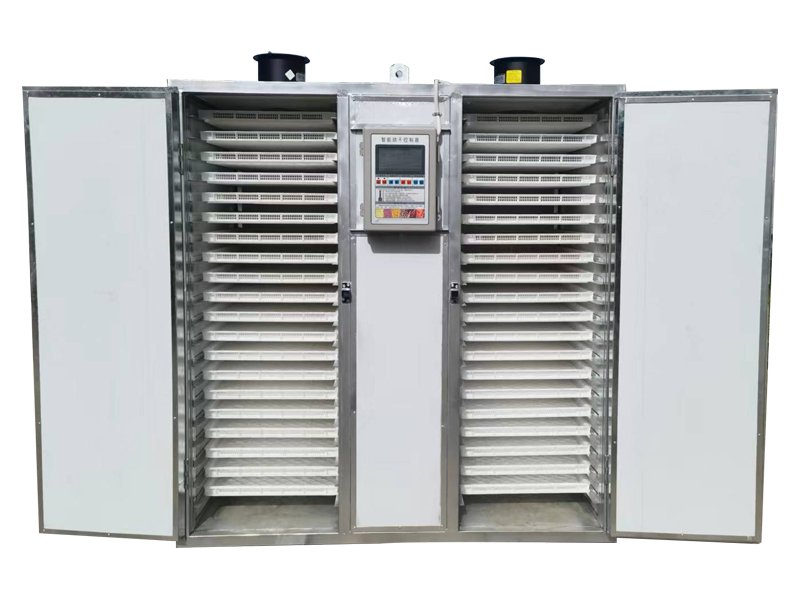
News Detail
Upgrading Southeast Asia’s Rice Noodle Industry: The Rise of Automation
1. Rising Market Demand Calls for Industrial Upgrades
Rice noodles are a staple food across Southeast Asia, especially in Vietnam, Thailand, Myanmar, Laos, and Cambodia. With the rise of urbanization, convenience foods, and delivery services, the market demand for rice noodles — including fresh, dried, and instant varieties — continues to expand.
However, many producers still rely on traditional, labor-intensive methods, which often lead to inconsistent quality and limited output. To remain competitive, upgrading to modern production systems has become essential.
2. Automation Becomes the Core Driver of Industry Transformation
Modern automatic rice noodle production lines integrate intelligent control systems that handle every stage — from rice soaking and grinding, to steaming, cutting, cooling, drying, and packaging.
This shift toward automation is reshaping production in three key ways:
Higher Production Efficiency
Automated systems allow continuous operation, greatly reducing labor requirements. Compared with manual production lines that yield around 5 tons per day, a fully automated line can easily reach 10 tons or more — doubling output without increasing manpower.
Stable and Consistent Quality
With precise temperature and timing control, automated equipment ensures even gelatinization of rice slurry and uniform noodle texture, improving elasticity and taste — ideal for large-scale, standardized production.
Hygiene and Energy Efficiency
Stainless steel construction and automatic cleaning systems help reduce contamination risk while lowering energy consumption, meeting food safety and export standards.
3. Chinese Equipment Leads the Automation Trend
China has become a leading supplier of automatic rice noodle machines and rice noodle production lines for the Southeast Asian market. Chinese manufacturers offer mature technology, reliable performance, and competitive pricing — making them the preferred choice for many local producers.
From Vietnam to Indonesia, food processing companies are increasingly introducing full-scale Chinese production lines to replace outdated systems. On average, an investment in a modern automatic rice noodle line can achieve payback within two years.
In addition, many Chinese equipment suppliers now provide turnkey solutions — from factory layout design to equipment installation and operator training — helping local manufacturers quickly enter industrialized production.
4. The Next Step: Smart and Modular Production
The future of rice noodle manufacturing lies not only in automation but also in intelligent production.
Advanced systems now integrate data monitoring and IoT connectivity, allowing real-time control of temperature, humidity, and production performance. Remote diagnostics and maintenance are becoming standard features.
Meanwhile, to meet diverse regional tastes and raw materials, rice noodle equipment is evolving toward modular and multi-format designs, enabling flexible production of various noodle types — from thin vermicelli to wide rice sticks and flavored instant noodles.
5. Conclusion
The modernization of the rice noodle industry in Southeast Asia reflects the broader trend of food processing automation across the region. By adopting advanced automatic noodle-making equipment, producers are not only improving efficiency and hygiene but also elevating the overall value of traditional rice-based foods.
As the market continues to expand, those who embrace automation and intelligent production early will gain a strong competitive advantage — leading the next chapter of Southeast Asia’s rice noodle industry.
Zhengzhou Yunhe Food Machinery Co., Ltd.
From material to size, from appearance to function, we can provide various products to meet your specific application needs.
Why Choose US
We are a company specializing in food machinery. We are equipped with advanced production technology and equipment, dedicated to pursuing excellence in quality and creating first-class products.
Our Advantages
Our machinery is user-friendly, with a fully automated food processing line that includes automation functions to precisely control the production process. This greatly enhances production efficiency and ensures stable output for processed food.
In terms of quality, we use high-quality 304 stainless steel, which is sturdy, durable, and has a long service life. Our machines also offer flexible parameter adjustments to meet the production needs for various food specifications and textures. Additionally, the equipment is easy to clean and strictly adheres to national safety and hygiene standards to ensure food safety.





